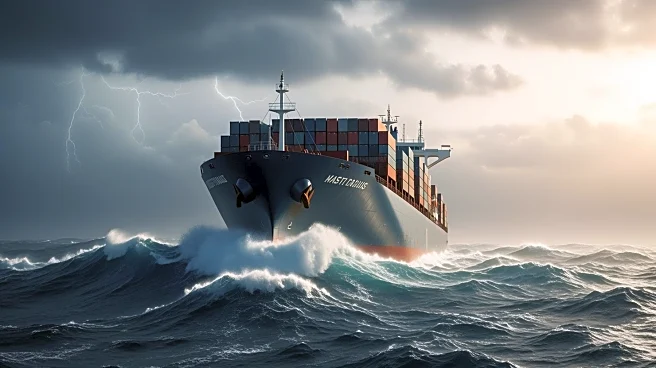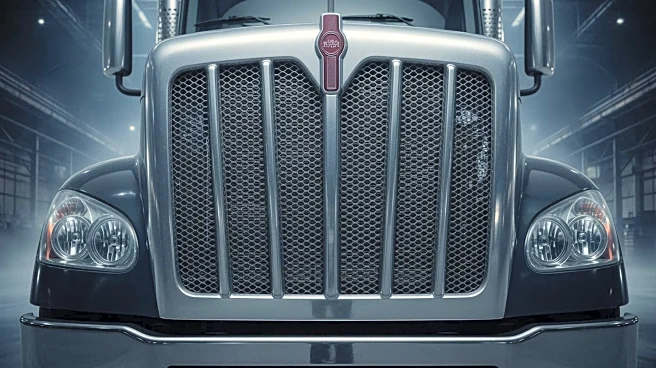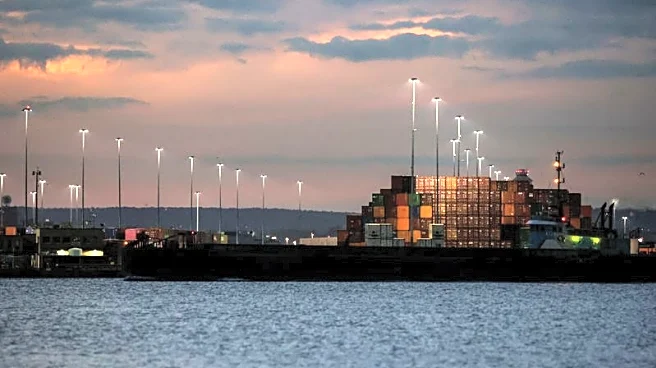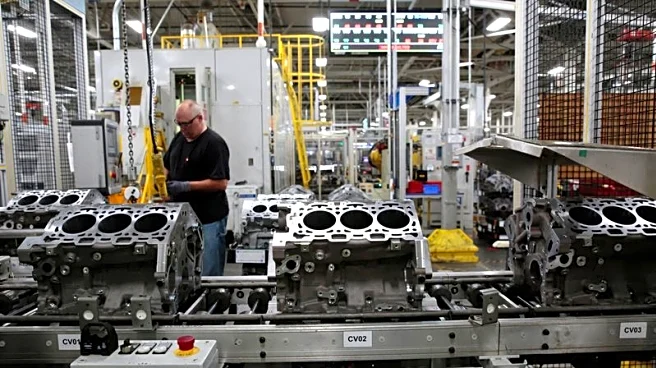What's Happening?
The White House has implemented a 25% tariff on imported heavy-duty trucks, effective November 1. This decision, announced by President Trump in a social media post on September 25, aims to protect U.S. truck manufacturers from foreign competition. The tariff is part
of a broader strategy to strengthen national security by boosting domestic production of critical vehicles and parts, encouraging U.S. manufacturing investment, and stabilizing the market share of domestically produced medium- and heavy-duty vehicles at around 80%. The tariff applies to non-U.S. content, with exemptions for USMCA-compliant vehicles based on U.S. content percentage. Industry experts, such as Matthias Bauer from EFESO Management Consultants, suggest that these tariffs could significantly impact the trucking industry, creating winners and losers based on strategic adaptation.
Why It's Important?
The imposition of the 25% tariff introduces a new layer of uncertainty for U.S. shippers, potentially affecting their decision-making regarding large capital investments and cost minimization strategies. The tariff comes at a time when heavy-duty truck orders are down and inventories are up, posing challenges for shippers, especially those with private fleets. The U.S. Chamber of Commerce has expressed concerns, urging the Department of Commerce not to impose new tariffs, citing that major import sources like Mexico, Canada, Japan, Germany, and Finland are allies posing no threat to U.S. national security. The tariff could disrupt the supply chain, as Mexico is the largest exporter of medium- and heavy-duty trucks to the U.S., with imports tripling since 2019.
What's Next?
Shippers may need to reassess their strategies in response to the tariff, focusing on innovative product design, manufacturing, and procurement strategies to mitigate its impact. The industry might see a shift in replacement rates and cycles for heavy-duty trucks. Stakeholders are likely to monitor the situation closely, considering the historical precedent of tariffs lasting longer than expected. The U.S. Chamber of Commerce's opposition suggests potential lobbying efforts to reverse or adjust the tariff policy, especially given the economic ties with major truck-exporting countries.
Beyond the Headlines
The tariff decision highlights the ongoing debate over protectionism versus free trade, with implications for U.S. manufacturing and international relations. It underscores the tension between national security concerns and economic partnerships with allied nations. The long-term effects could include shifts in global supply chains and manufacturing strategies, as companies adapt to changing trade policies.















